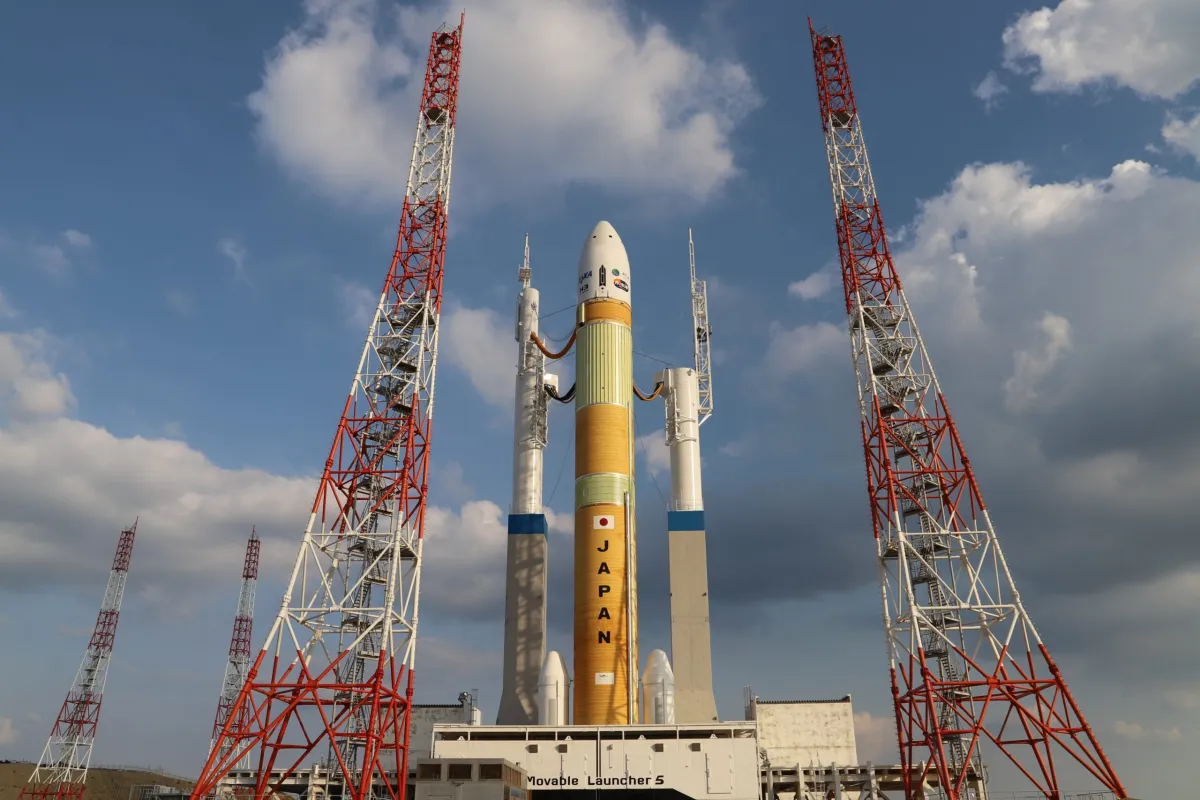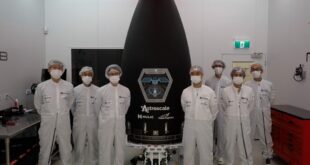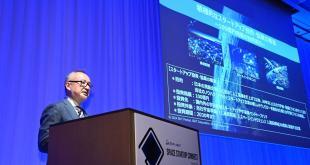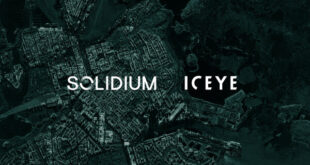
Thessaloniki, 29 December 2023.- The Japan Aerospace Exploration Agency (JAXA) announced the launch schedule for the second H3 Launch Vehicle (H3TF2), set for February 15, 2024, from the Tanegashima Space Center. This marks a return to flight for the H3 rocket after its unsuccessful inaugural launch in March 2023. The aborted inaugural launch was attributed to the second-stage engine’s failure to ignite, prompting the flight termination system.
The cause of the failure has not been extensively disclosed by JAXA or Mitsubishi Heavy Industries (MHI), the prime contractor for the H3.
The upcoming launch, designated H3 Test Flight No. 2 (H3TF2), will carry the Vehicle Evaluation Payload-4 (VEP-4) for flight demonstration. Additionally, two small secondary payloads, microsatellites CE-SAT-1E and TIRSAT, will be accommodated as “piggyback payloads“. The launch window is scheduled from 9:22:55 to 13:06:34 (JST), with a reserved launch period extending from February 16 to March 31, 2024.
Indeed, a notable change for the second H3 launch is the payload selection. Instead of a high-value spacecraft like the ALOS-3 Earth observation satellite used in the first launch, the H3TF2 will carry a test payload. The decision to place a rather costly satellite on the H3’s inaugural flight had previously generated some criticism.
The CE-SAT-1E is a microsatellite weighting about 50 kilograms and equipped with a sensor capable of taking pictures in visible light like a regular camera. Developed by Canon Electronics Inc., this microsatellite is expected to partially fulfil the function of emergency observation following natural disasters that was initially planned to be performed by the Daichi-3 land observation satellite, which was lost when the first H3 rocket failed.
TIRSAT, the other microsatellite, was developed by Japan Space Systems and other institutes. It will be equipped with a sensor to detect infrared rays and will be able to observe the temperature of the Earth’s surface and seawater.
The status of the investigation into the H3’s first launch failure was reported as completed in August, with corrective actions defined, some of which were applied to the H-2A launch vehicle. The return to flight for the H3 was originally planned for late 2023, and the upcoming launch represents the fulfilment of that stated goal.
The Tanegashima Space Centre (TNSC) is the largest rocket-launch complex in Japan with a total area of about 9,700,000 square meters. The TNSC is located in the south of Kagoshima Prefecture, along the southeast coast of Tanegashima, an island about 40 km south of Kyushu.
The TNSC’s on-site facilities include the Yoshinobu Launch Complex, a launch site for large-size rockets, Spacecraft Test and Assembly Buildings, and the Spacecraft and Fairing Assembly Building. Using those facilities, a series of operations are performed from assembling launch vehicles, maintenance, inspections, final checks of satellites, loading satellites onto launch vehicles, launches, and tracking launch vehicles after liftoff.





